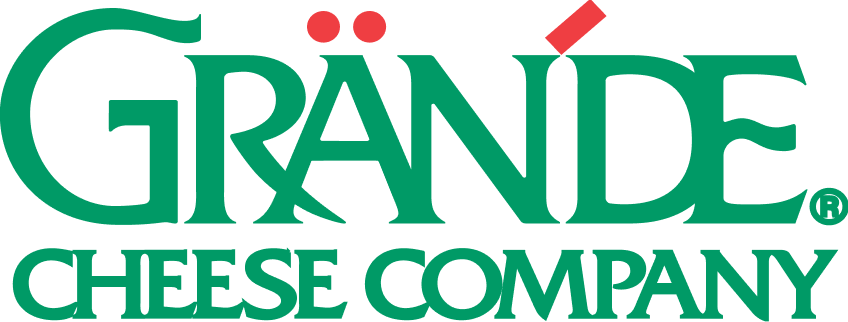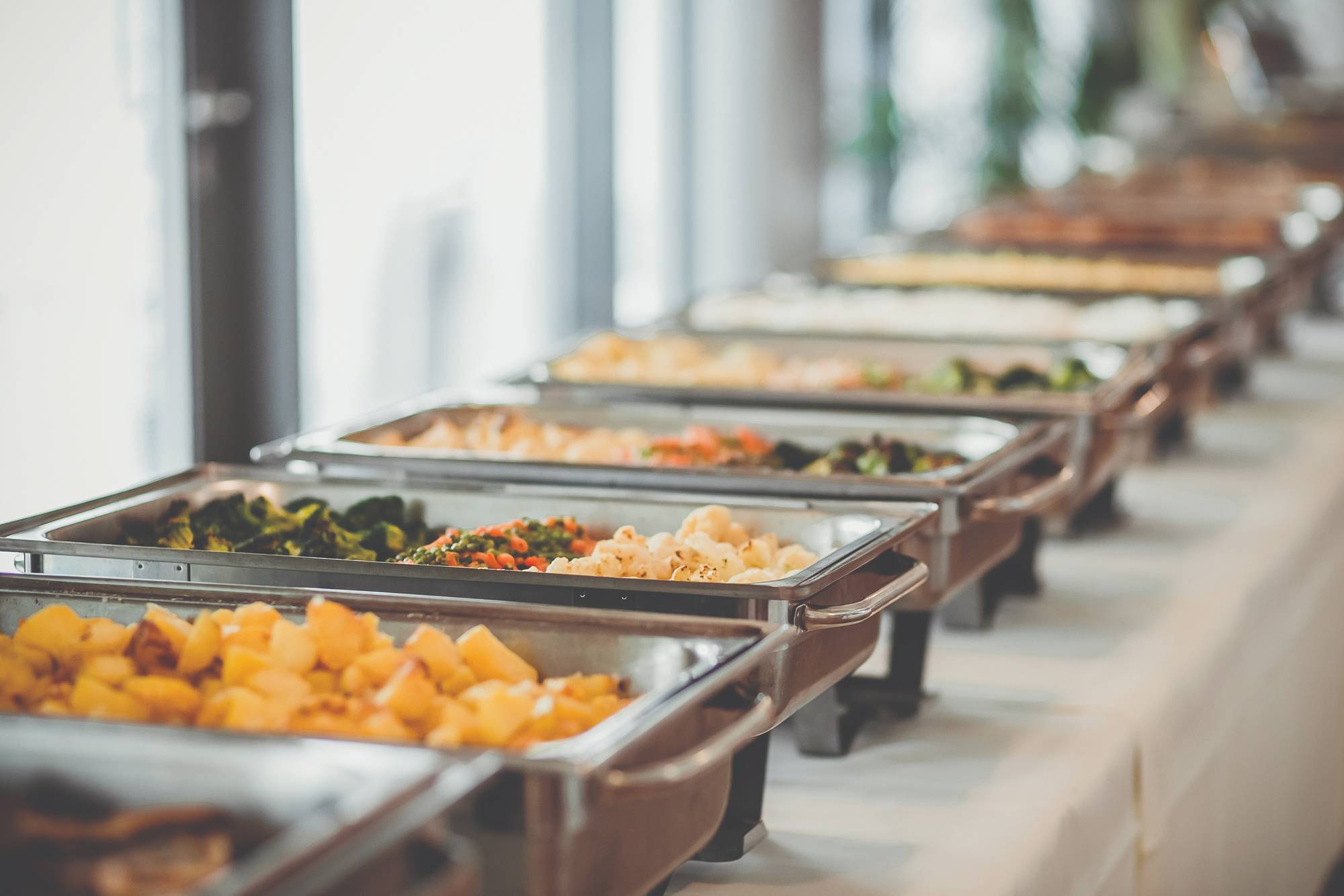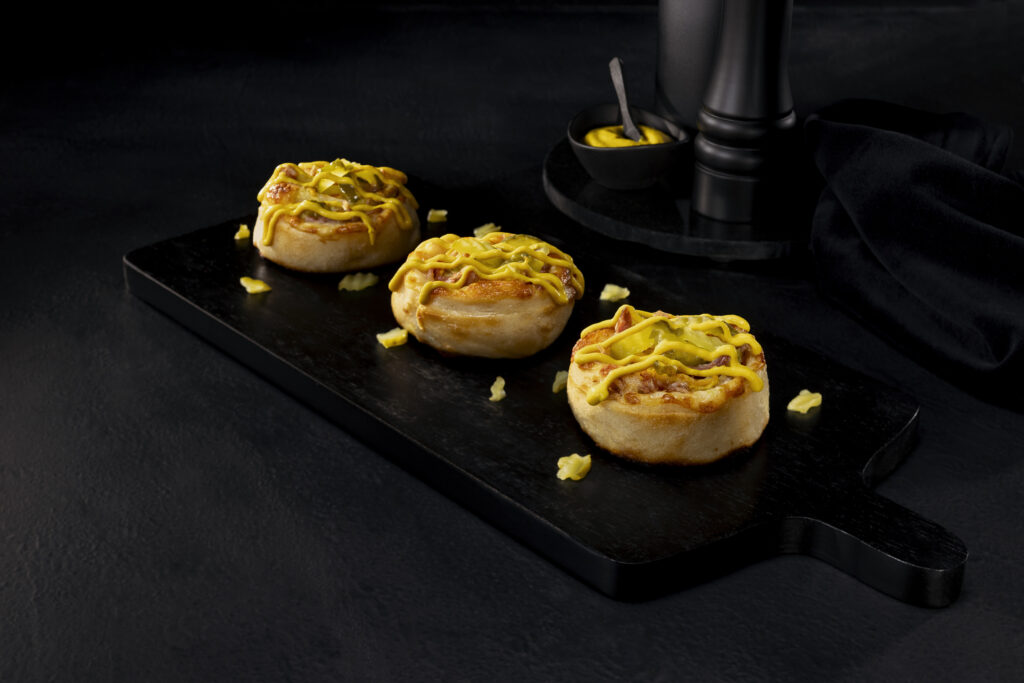Catering is a huge area of opportunity for many restaurants. When done right, catering programs allow you to grow awareness of your restaurant, attract new customers, build relationships with businesses and customers in your community and increase check averages.
As you prepare to get your share of this new demand, make sure to take the time to develop a catering program that will meet the needs of your customers. Here are some things to consider:
Menu
- While you should create a special catering menu, it should be simple and reflect the food you already make for your dining menu.
- Food taste and quality is important, so take into consideration how your popular dining items can maintain their quality when made in bulk (pizza, party platters & trays for example). If this is a new customer’s first taste of your food, you do not want to disappoint.
- Also think about how the items will keep over time and when transported. If items need to be reheated when they reach the destination, include clear step-by-step instructions so the customer gets the dining experience you intend.
- Develop menu items that can feed a certain number of people rather than just your standard sizes. Offering party packs that feed 8, 12 or 20 people will make it easier for your customers to order and may increase check averages if they order extra “just in case.”
- Try to use pantry items that you already keep on hand to avoid waste.
- When pricing your catering menu, you may choose a fixed price per item or a cost per person. Whichever you decide, make sure to consider all of the factors that go into the pricing, including extra packaging, add-ons like napkins, plates and utensils, delivery and additional labor, to maintain your profitability.
Service & Staffing
- The quality of the service you provide your catering customers is just as important as the food quality. Consider designating one catering contact for your restaurant so that orders are handled consistently and with the right level of service.
- Take advantage of off-peak hours to have your kitchen staff prepare catered food.
- Catering is very different from regular restaurant service, so be sure to train your staff appropriately. Make sure they understand catering policies and expectations, as well as any differences in recipes for preparing and packaging catering food.
- Contact each customer after their catering order is delivered to see how everything went and how they enjoyed it. When you reach out to them, ask them to send you a referral and reward them for any referral that turns into a new catering order.
Delivery
- The availability of delivery is essential when investing in a catering program. Business decision-makers and consumers alike will appreciate the time savings that comes with having delivery as an option.
- If you currently do not have a delivery service and are considering using a third party, keep in mind that it’s critically important for the service to be a good impression of your business for a catering order that can cost your customer up to 10 times their regular order. You also have more people to impress at the event in order to gain their business in the future. It may be worth the time investment to have catering orders delivered by your own employees.
- Offer online ordering for catering. It improves accuracy, allowing customers to review their order before they click “send.”
Promoting Your Program
- Start marketing your catering program by spreading the word with your current customers. Call it out on your dining menu, brochures, table tents, loyalty program and on customer receipts.
- Promote your catering for office lunches, meetings and parties. Work with Grande’s Solutions@ Work® Business Direct Mail Program to get your catering information in the hands of the decision makers at businesses near you.
- Raise further awareness through your website, social media platforms and e-mail blasts.
- Consider sending postcards to your customers or local residents offing a discount for their first catering order.




